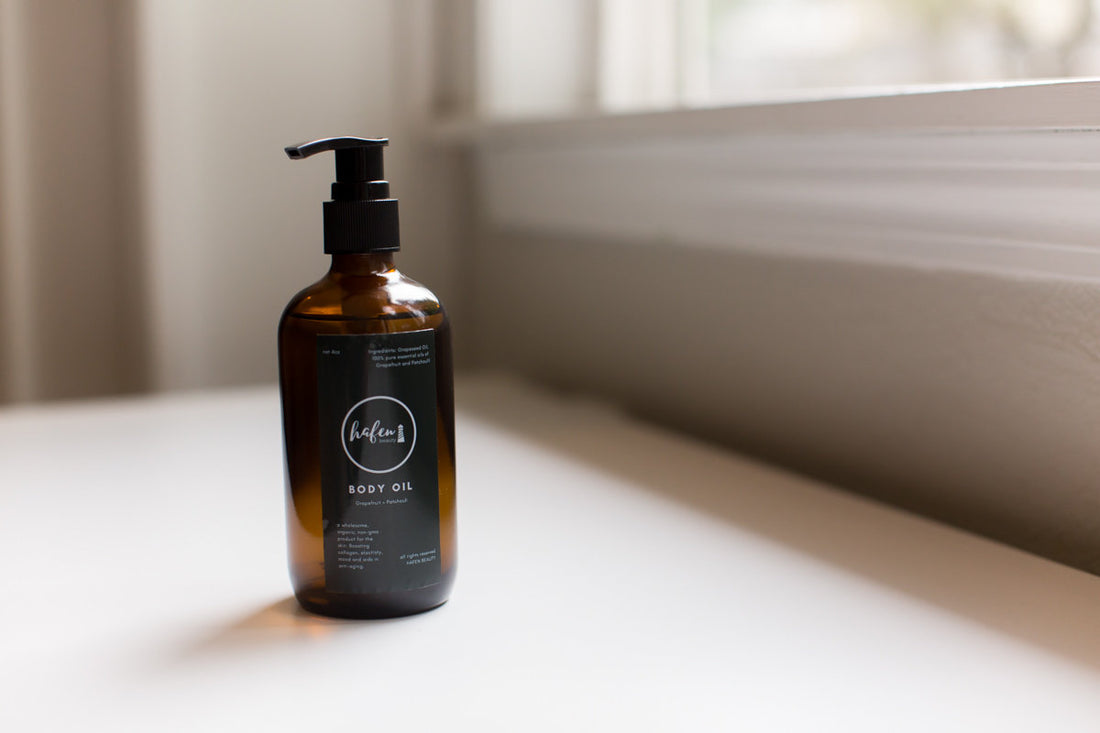
There are two types of people: those who wash their face and those who don’t. Depending on your skin type cleansing might be a regular, if not 3x a day, routine for you. Individuals with dry skin might dread even thinking about washing their face in fear of chapping their precious cheeks even more. Out of all the skincare techniques out there, cleansing has got to be one of the cheapest and easiest ways to begin a skincare regime, that is, if you know how to cleanse your skin type best.
Out of the plethora of face washes and techniques out there, it can be difficult to navigate what is best for your skin and if you should wash more often or not at all. Regular cleansing will help the skin maintain adequate hydration levels, remove debris from the day, clear pores, and decrease the chance of breakouts. The skin gets clogged up with two different types of debris: Oil-based impurities (sunscreen, makeup, and sebum) and water-based impurities (dirt and sweat). Knowing how to remove these impurities from the skin, without harming the deeper layers of your skin, is imperative to optimal skin health.
Knowing your skin type will give you confidence as to which type of facewash to use, and whether you should focus on your PH levels or avoid fragrances and alcohol content. For example, If you’re using a cleanser for dry skin and you have oily skin, you will see an excess of sebum. This will affect your selection of moisturizer, sunscreen, and treatment oils.
Contrary to popular opinion, It is possible those who don’t wash their face regularly, might have an advantage. Skin CRAVES oil and removing it from our skin can weaken the barrier. Stripping our skin’s barrier can lead to most skin issues. Our skin’s primary function is to act as a shield and protect us from pathogens and environmental toxins that could harm our internal health. Those who don’t wash their face keep their skin microbiome intact, making the skin barrier stronger and more resilient. Face cleansing is still a good habit for clearing away debris, but we should avoid making the mistake of stipping our oil barrier more often than we need to.
We have three layers of skin: Dermis, Epidermis, and Subcutaneous. The Dermis is what we see in the mirror, its function is to protect us from burning up in the sun and our support our immune system. The Epidermis contains nerve endings, oil glands, and hair follicles. And the Subcutatenous layer is made up of fat and connective tissue. We need all three of these layers to protect our skin from our day-to-day interactions with our environment.
A good cleanser removes dirt, sweat, oil, and makeup, as well as supports our barrier and skin layers. Here are some common mistakes to avoid when using your cleanser and or moisturizer.
APPLYING CLEANSER WRONG
Oil cleansers are meant to be applied to a dry face. Adding water to your oil cleanser will not allow for impurities to be pulled out from the skin. Don’t make the simple mistake of not washing your hands before applying your cleanser. You want to ensure you are removing bacteria from your skin and not massaging more in when you don’t wash your hands. When applying your cleanser make sure to be gentle. Your skin is sensitive and needs extra love and care. Don’t apply your cleanser roughly or too deep into your skin. Remember to be gentle and have a softer approach.
How to fix it:
Wash your hands before applying your oil cleanser. To a dry face apply your oil cleanser. Using a gentle oil cleansing method like this one will effectively remove dirt and sweat from the pores. More importantly, this toner will help soothe, nourish and hydrate the skin while restoring its delicate pH balance.
CLEANSING FOR TOO LONG
It’s common to think that the longer a cleanser sits, the better the results. The longer you leave your cleanser on could be causing your skin issues. Cleansing and toning 2x a day is more than enough to cleanse the skin from impurities. Anything more than 30 seconds can strip skin of it’s natural oils, weakening the skin barrier.
How to fix it:
AM: cleanse simply with water or a gentle non-foaming cleanser to wash away sweat. PM: practice double cleansing and complete with a facial toner and nighttime moisturizer for optimal results.
USING THE WRONG CLEANSER FOR YOUR SKINTYPE
Not all oils are the same. Some oils are categorized as dry oils and are great for anti-aging or acne treatments. Depending on skin type you may need to focus on an oil that is not considered dry, to pull impurities out of the skin. Those with oily skin type should avoid comedogenic household oils like coconut oil and olive oil, which could potentially cause more breakouts. All skin types should avoid cleansers that have alcohol in the ingredients and synthetic ingredients that harm internal health.
How to fix it:
Determine your skin type here, and select your cleanser wisely. For Oily skin type focus on an oil cleanser that will pull impurities out and help cleanse the skin of oil build-up. For Dry skin, finding an oil cleanser that will cleanse impurities while retaining moisture will keep your skin from drying out after your cleanse.
SUMMARY
When washing our skin there is a method in which you do not harm any of the layers of your skin. The ultimate purpose of cleansing should be to remove daily grime and makeup, clearing our pores of debris and excess sweat. It is common to believe that getting the skin squeaky clean with no shine is the epitome of a clean face. However, this could be damaging your skin, leaving you with a deteriorated skin barrier, and allowing toxins and xenoestrogens into your bloodstream, harming your overall health. Remember… Health is wealth!

